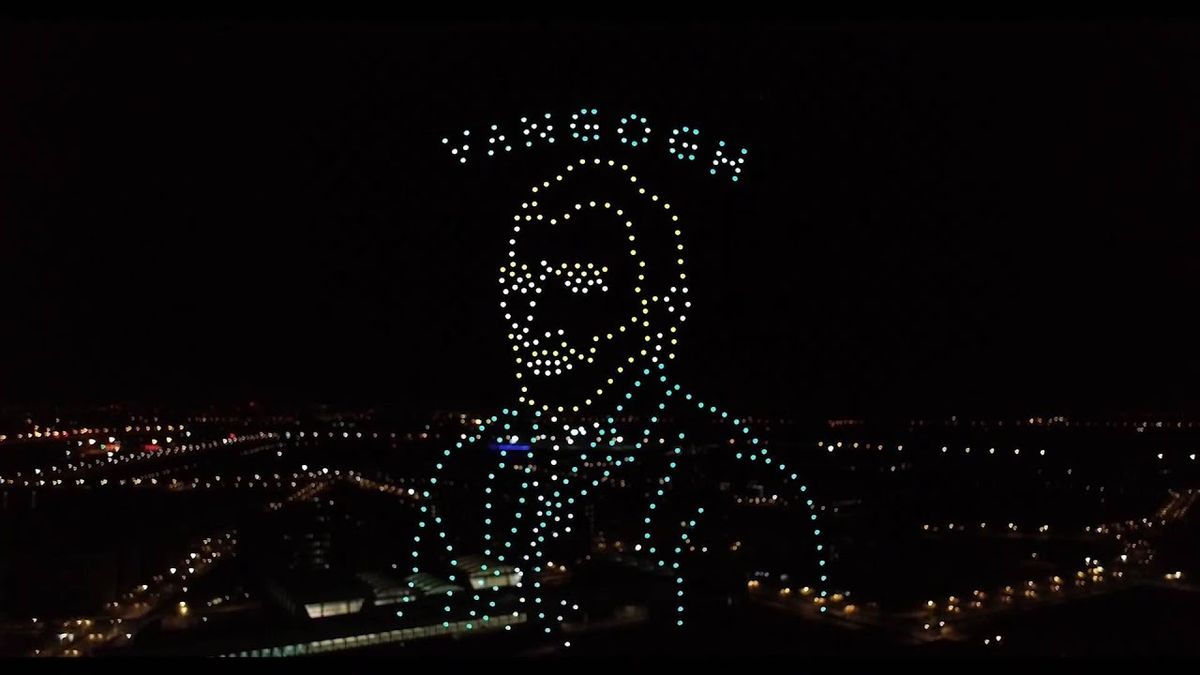Video Friday is your weekly selection of awesome robotics videos, collected by your Automaton bloggers. We’ll also be posting a weekly calendar of upcoming robotics events for the next few months; here's what we have so far (send us your events!):
HRI 2021 – March 8-11, 2021 – [Online]
RoboSoft 2021 – April 12-16, 2021 – [Online]
Let us know if you have suggestions for next week, and enjoy today's videos.
A new parent STAR robot is presented. The parent robot has a tail on which the child robot can climb. By collaborating together, the two robots can reach locations that neither can reach on its own.
The parent robot can also supply the child robot with energy by recharging its batteries. The parent STAR can dispatch and recuperate the child STAR automatically (when aligned). The robots are fitted with sensors and controllers and have automatic capabilities but make no decisions on their own.
[ Bio-Inspired and Medical Robotics Lab ]
How TRI trains its robots.
[ TRI ]
The only thing more satisfying than one SCARA robot is two SCARA robots working together.
[ Fanuc ]
I'm not sure that this is strictly robotics, but it's so cool that it's worth a watch anyway.
Flying insects heavily rely on optical flow for visual navigation and flight control. Roboticists have endowed small flying robots with optical flow control as well, since it requires just a tiny vision sensor. However, when using optical flow, the robots run into two problems that insects appear to have overcome. Firstly, since optical flow only provides mixed information on distances and velocities, using it for control leads to oscillations when getting closer to obstacles. Secondly, since optical flow provides very little information on obstacles in the direction of motion, it is hardest to detect obstacles that the robot is actually going to collide with! We propose a solution to these problems by means of a learning process.
[ Nature ]
A new Guinness World Record was set on Friday in north China for the longest animation performed by 600 unmanned aerial vehicles (UAVs).
[ Xinhua ]
Translucency is prevalent in everyday scenes. As such, perception of transparent objects is essential for robots to perform manipulation. In this work, we propose LIT, a two-stage method for transparent object pose estimation using light-field sensing and photorealistic rendering.
[ University of Michigan ] via [ Fetch Robotics ]
This paper reports the technological progress and performance of team “CERBERUS” after participating in the Tunnel and Urban Circuits of the DARPA Subterranean Challenge.
And here's a video report on the SubT Urban Beta Course performance:
[ CERBERUS ]
Congrats to Energy Robotics on 2 million euros in seed funding!
[ Energy Robotics ]
Thanks Stefan!
In just 2 minutes, watch HEBI robotics spending 23 minutes assembling a robot arm.
HEBI Robotics is hosting a webinar called 'Redefining the Robotic Arm' next week, which you can check out at the link below.
[ HEBI Robotics ]
Thanks Hardik!
Achieving versatile robot locomotion requires motor skills which can adapt to previously unseen situations. We propose a Multi-Expert Learning Architecture (MELA) that learns to generate adaptive skills from a group of representative expert skills. During training, MELA is first initialised by a distinct set of pre-trained experts, each in a separate deep neural network (DNN). Then by learning the combination of these DNNs using a Gating Neural Network (GNN), MELA can acquire more specialised experts and transitional skills across various locomotion modes.
[ Paper ]
Since the dawn of history, advances in science and technology have pursued “power” and “accuracy.” Initially, “hardness” in machines and materials was sought for reliable operations. In our area of Science of Soft Robots, we have combined emerging academic fields aimed at “softness” to increase the exposure and collaboration of researchers in different fields.
A team from the Laboratory of Robotics and IoT for Smart Precision Agriculture and Forestry at INESC TEC - Technology and Science are creating a ROS stack solution using Husky UGV for precision field crop agriculture.
Associate Professor Christopher J. Hasson in the Department of Physical Therapy is the director Neuromotor Systems Laboratory at Northeastern University. There he is working with a robotic arm to provide enhanced assistance to physical therapy patients, while maintaining the intimate therapist and patient relationship.
[ Northeastern ]
Mobile Robotic telePresence (MRP) systems aim to support enhanced collaboration between remote and local members of a given setting. But MRP systems also put the remote user in positions where they frequently rely on the help of local partners. Getting or ‘recruiting’ such help can be done with various verbal and embodied actions ranging in explicitness. In this paper, we look at how such recruitment occurs in video data drawn from an experiment where pairs of participants (one local, one remote) performed a timed searching task.
A presentation [from Team COSTAR] for the American Geophysical Union annual fall meeting on the application of robotic multi-sensor 3D Mapping for scientific exploration of caves. Lidar-based 3D maps are combined with visual/thermal/spectral/gas sensors to provide rich 3D context for scientific measurements map.
[ COSTAR ]
Evan Ackerman is a senior editor at IEEE Spectrum. Since 2007, he has written over 6,000 articles on robotics and technology. He has a degree in Martian geology and is excellent at playing bagpipes.
Erico Guizzo is the Director of Digital Innovation at IEEE Spectrum, and cofounder of the IEEE Robots Guide, an award-winning interactive site about robotics. He oversees the operation, integration, and new feature development for all digital properties and platforms, including the Spectrum website, newsletters, CMS, editorial workflow systems, and analytics and AI tools. An IEEE Member, he is an electrical engineer by training and has a master’s degree in science writing from MIT.



